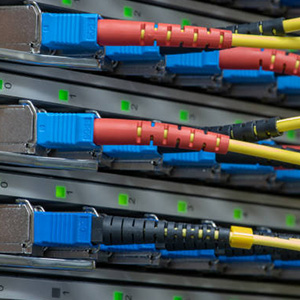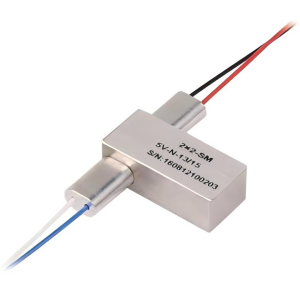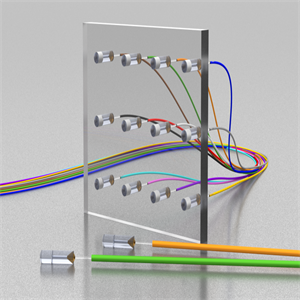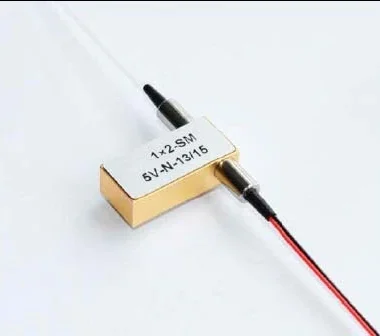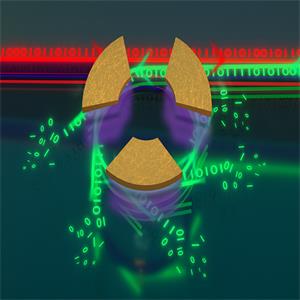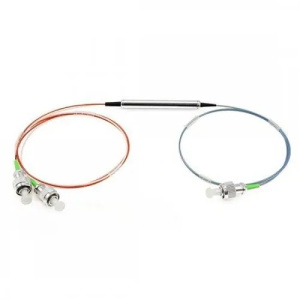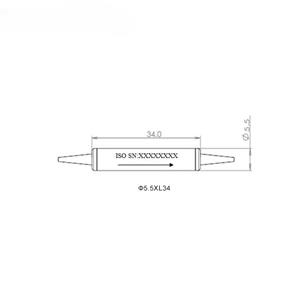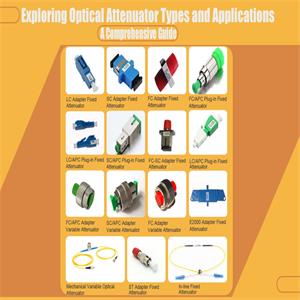Fiber optic splitters is a key passive optical device in fiber optic network. It is used for optical signal distribution and merging, improving network flexibility and efficiency, and controlling signal quality. It is widely used in PON network, data center and broadcasting network. Performance indicators should be considered when selecting to ensure stable operation of the network.
Filter Fiber Splitters, also known as fiber optic splitters or optical splitters, is a key passive optical device in fiber optic communication network. It is mainly used to distribute input optical signals to multiple output ports in a certain proportion, or to merge optical signals from multiple input ports into one output port. The role and importance of fiber optic splitter are reflected in the following aspects:
Distribution and merging of optical signals(Filter Fiber Splitters)
Distribution function: In fiber optic network, Filter Fiber Splitters can distribute an input optical signal to multiple output ports according to a preset ratio (such as 1:2, 1:4, 1:8, etc.) to realize branch transmission of optical signals. This is crucial for building point-to-multipoint network structures such as fiber to the home (FTTH) and fiber to the office (FTTO).
Merging function: In reverse transmission, the Filter Fiber Splitters can also merge the optical signals of multiple input ports into one output port to realize the centralized transmission of multiple signals.
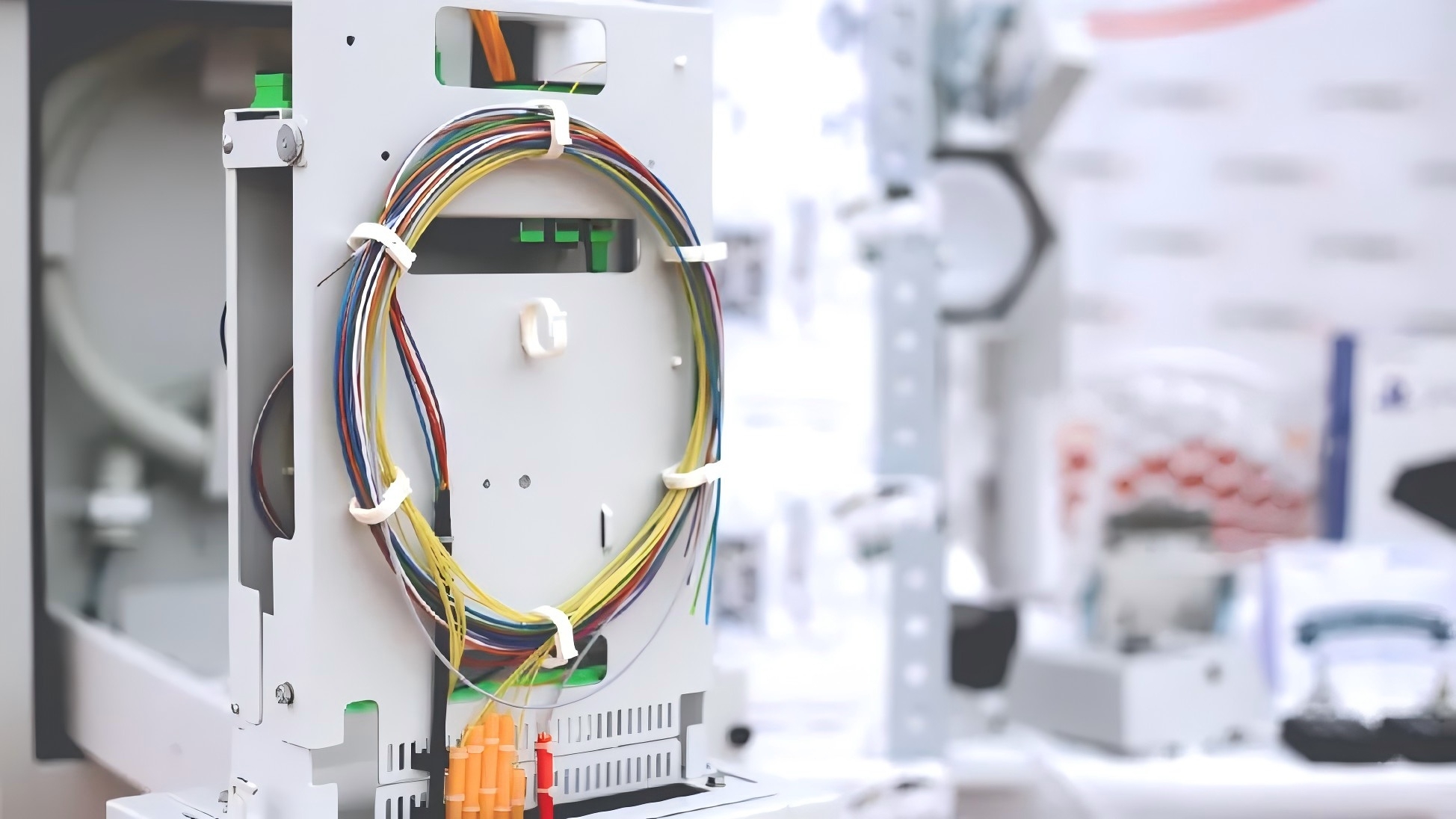
Improve network flexibility and efficiency
Network expansion: The use of Filter Fiber Splitters can greatly improve the flexibility and scalability of the network, so that more users can be served without adding additional fiber resources.
Resource optimization: By properly configuring Filter Fiber Splitters, the use of fiber resources can be optimized, the wiring and maintenance costs of optical fibers can be reduced, and the overall efficiency of the network can be improved.
Signal quality control
Power distribution: The Filter Fiber Splitters can control the optical power of each output port to ensure the stable transmission of the optical signal and avoid signal attenuation or increased bit error rate due to excessive or low optical power.
Signal quality monitoring: In some advanced Filter Fiber Splitters, the optical power monitoring function can also be integrated to monitor the optical power of each port in real time, which is convenient for network management and troubleshooting.
Applied to various fiber networks
PON network: In passive optical networks (PON), Filter Fiber Splitters are core devices for optical signal distribution and user access, such as GPON, EPON, 10G-EPON, etc.
Data center: In the fiber network inside the data center, Filter Fiber Splitters are used to optimize fiber resources and achieve high-density data transmission and server connection.
Broadcasting and television network: In the broadcasting and television network, Filter Fiber Splitters are used to distribute television signals and data signals to provide users with high-definition television and high-speed Internet services.
The performance indicators of Filter Fiber Splitters, such as insertion loss, splitting ratio, isolation, temperature stability, etc., directly affect the transmission efficiency and signal quality of the fiber network. Therefore, when selecting a Filter Fiber Splitters, the appropriate splitting ratio and performance parameters should be selected according to the specific network requirements and application scenarios to ensure the stable operation of the network and the service quality of users.

